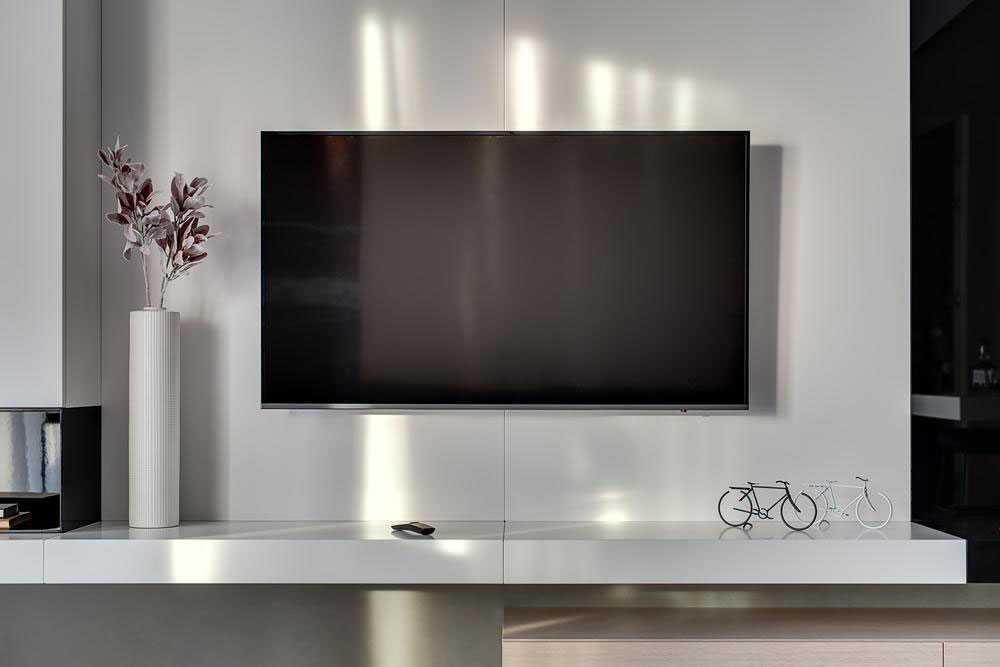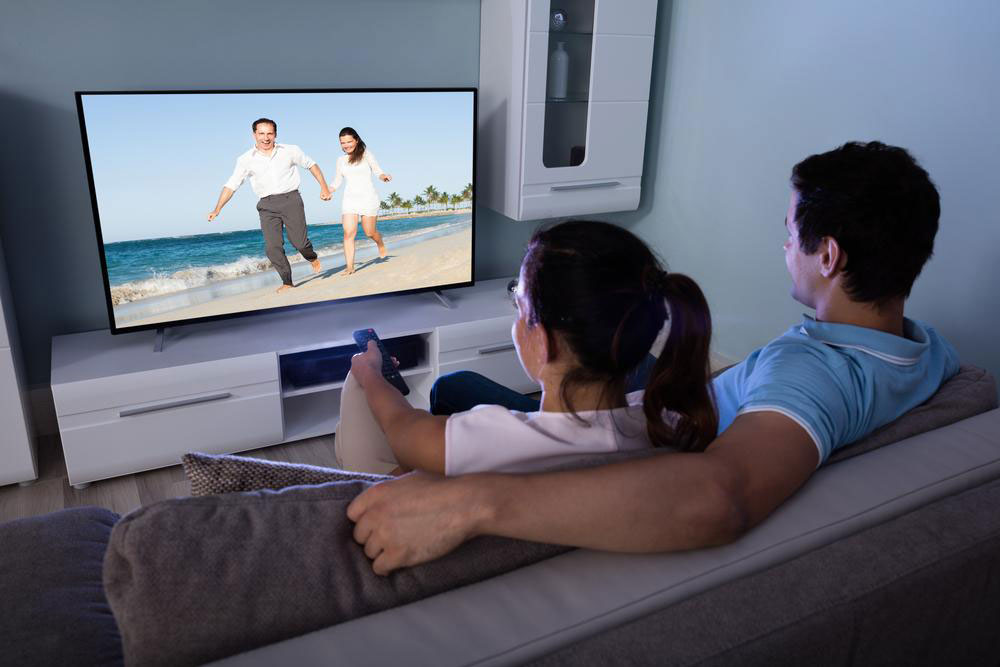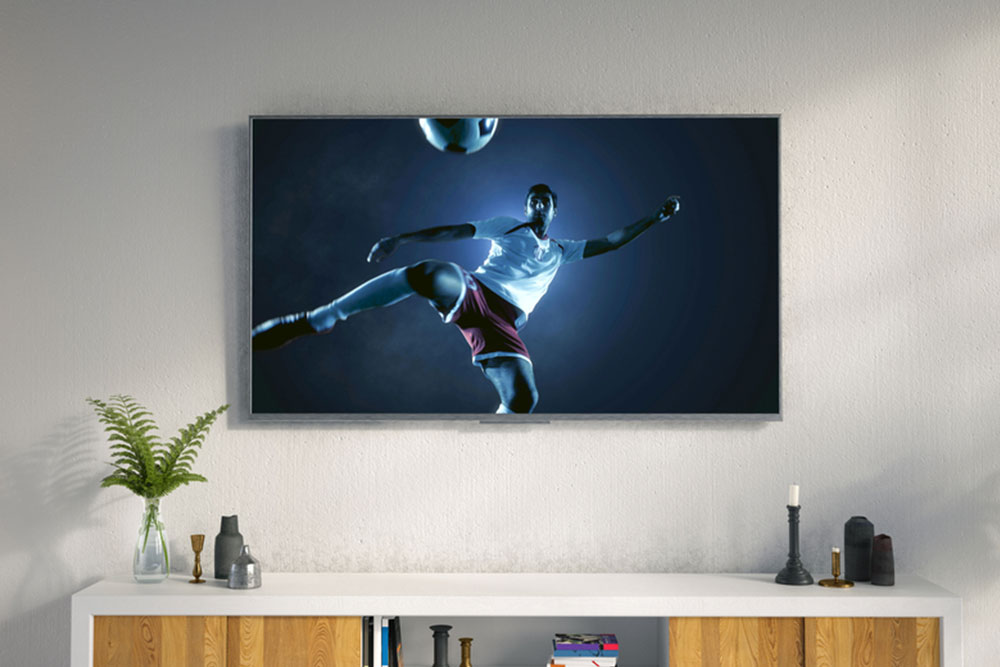Affordable Custom TVs: Balancing Quality and Value
This article explores the differences between OLED and LCD-based custom TVs, emphasizing value for money. It highlights technological distinctions, advantages, and cost considerations, helping consumers make informed choices based on picture quality and budget. Custom TVs using LED technology offer a budget-friendly option, while OLED provides superior contrast and color. Understanding these options allows buyers to select the best TV suited to their needs and preferences.

Affordable Custom TVs: Balancing Quality and Value
In the competitive landscape of modern televisions, two prominent technologies stand out: OLED and LCD. While both offer similar display features, their differences significantly impact picture quality. OLED TVs gained popularity for their deep blacks and vibrant colors, providing a premium viewing experience. Custom TVs, often based on LCD technology, excel in delivering rich images at a lower cost, making them a popular choice among budget-conscious buyers. Historically, decisions between TV types hinged on price, with earlier battles focusing on LCD versus plasma screens.
Today, plasma TVs have largely disappeared, replaced by advanced options such as OLED and QLED models. Custom TVs mainly utilize LCD (Liquid Crystal Display) technology, similar to QLEDs. The key distinction with OLEDs is each pixel’s ability to self-illuminate without external backlighting, offering superior contrast.
LED technology, which stands for Light Emitting Diode, involves tiny solid-state devices that emit light when electrons pass through a semiconductor. As LCDs became more popular, there was a shift from traditional backlit LCDs to LED-based screens. LEDs are notably small yet capable of emitting intense brightness, though they are not suitable as individual pixels for TVs and are used mainly for backlighting. Custom LED-backlit TVs use advanced dimming technology to improve blacks, but still face challenges like light bleed and less-than-perfect darkness levels.
OLED TVs tend to be more expensive, with prices gradually decreasing but still remaining higher than standard LCDs. For consumers prioritizing budget and good picture quality, LCD-based screens remain a practical choice. Ultimately, the decision depends on personal preferences regarding image quality and budget constraints.










